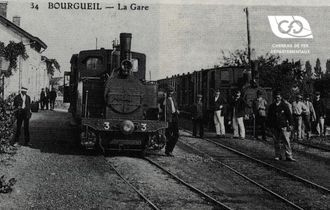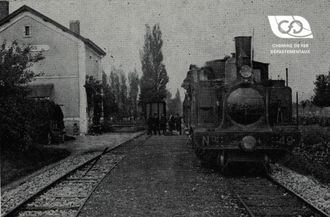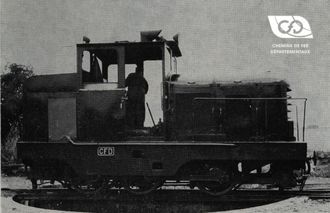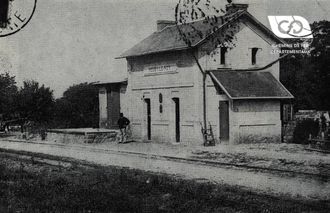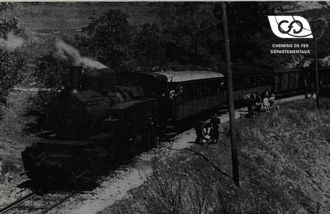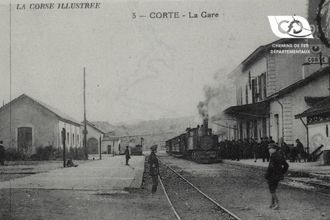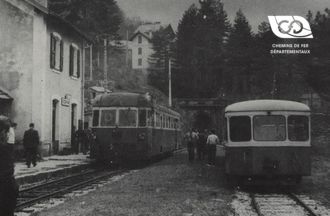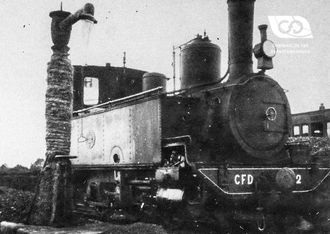- (1) "Les Chemins de Fer à faible trafic", Librairie polytechnique Baudry et Cie (1888).
- (2) May the railway magazines show the same wisdom in their field!
From the outset, the C.F.D. found itself in competition with the Société Générale des Chemins de Fer Economiques (S.E.), founded at the same time for the same purpose. These two companies competed with each other for their first concessions, and then, as A. notes, the C.F.D. and S.E. were in competition with each other for their first concessions. Sampité (1), "they stopped making war against each other, recognizing that there were more concessions in store for each of them than they could take" (2).
The first concessions obtained by the CFDs
1882: concession of the Port-Boulet line
The first concession obtained by the C.F.D. was that of the line from Port-Boulet to Château-Renault (Indre-et-Loire) by virtue of the law of September 26, 1882. This operation showed the impatience of the plaintiffs, the interest of the case being unrelated to the sacrifices made to obtain it.
1883: Concession of two standard gauge lines
The following year, the Company became concessionaire of two standard gauge lines in the department of La Manche, from Valognes and Montebourg to Barfleur (Law of 9 February 1883). It was for a long time the only standard gauge railway operated by the C.F.D., which clearly had no vocation for that. In 1926, the Company separated from this network, which was bought by the department.
The same year 1883 was also marked by an agreement signed on 20 June with the department of Indre for the concession of a 232 km network. However, the Conseil Général des Ponts et Chaussées having requested fundamental modifications to the project, the Conseil Général de l'Indre, in its meeting of 22 August 1884, declared the agreement signed with the C.F.D. null and void.
A growing company with multiple concessions
It was in 1885 that the Company's business really took off . The laws of 17 January, 12 and 17 August made it a concessionaire respectively in the Yonne, of the line from Laroche to L'Isle-Angély, in Seine-et-Marne, of those from Montereau to Château-Landon and from La Ferté-sous- Jouarre to Montmirail, and in Indre-et- Loire, of those from Grand-Pressigny to Esvres and from Ligueil to Montrésor. Moreover, the law of December 19th entrusted him with the completion of the construction and the exploitation of the Corsican network composed of the lines of general interest from Ajaccio to Bastia, from Ponte-Leccia to Calvi and from Casamozza to Fium'Orbo.
This boom continued in 1886, the year in which the law of 7 July granting the C.F.D. the right to operate the C.F.D. was passed. the line from Angoulême to Rouillac (Charente) and that of 27 July by which the Company obtained the concession of general interest railways which were to be the beginning of the important Vivarais network: La Voulte-sur-Rhône to Cheylard, Tournon to Lamastre (Ardèche) and La Voûte-sur-Loire to Yssingeaux (Haute-Loire).
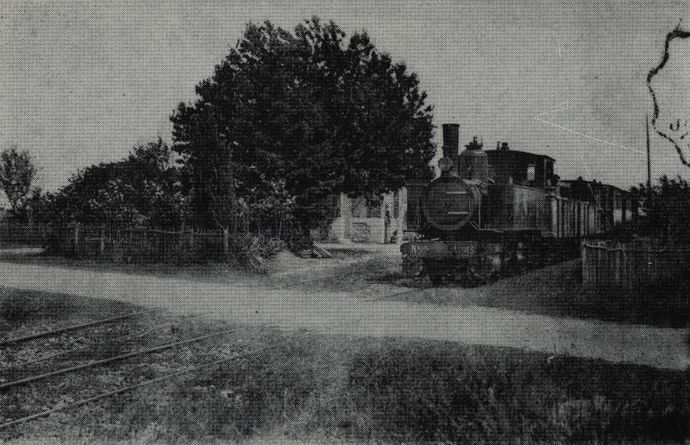
At that time, 840 km of railways, 527 of which were in operation, made up the Company's field of action.
The activity of the C.F.D., both as operators and as builders, was therefore considerable. In spite of that, they accepted, in the same year 1896, the execution of a 1.05 m track railway with a length of about 200 km, from Mostaganem to Tiaret, on behalf of the Compagnie Franco-Algérienne.

A period of interruption leading to a strong crossroads
There was then a pause in obtaining new concessions and it was not until 1891 that a law, dated 5 January, granted the Company the line from Digoin to Étang- sur-Arroux, in Saône-et-Loire.
Two years later, 1893 marked an important increase in the C.F.D.'s railway domain. The law of 28 March made them concessionaires of three lines of general interest radiating around Saint-Jean-d'Angély, towards Marans, Cognac and Civray and the law of 4 July following granted them the extension of the local railway from Angoulême to Rouillac as far as Matha.
Four years later, the law of 28 February 1897 increased this important network, covering the departments of Charentes and Deux-Sèvres, from the Ferrières-Courçon to Epannes line, while the law of 28 July 1897 added the branch from Toulon-sur-Arroux to Bour- bon-Lancy to the line from Digoin to Étang.
The following year, the scattered lines of the departments of Ardèche and Haute-Loire were linked together by means of the sections from Le Cheylard to Yssingeaux, from Lamastre to Le Cheylard and from Brossettes to Dunières, granted by the law of 25 March 1898 which established a coherent whole of 205 km.

Then, the area of the Company's operations in Seine-et-Marne increased with the retrocession, under the law of 14 January 1899, of the railway from Lagny to Mortcerf.
Most important was the concession, in Lozère, of the line from Sainte-Cécile-d'Andorge to Florac, pronounced by the law of April 18, 1904.
It is then necessary to wait until 1910 to note a new extension, thanks to the law of 30 March which completed the Charente network with the section from Saintes to Burie.
Then, the law of 1st October 1911 conceded the extension of the eastern line of the Corsican network from Ghisonaccia to Porto-Vecchio. However, the construction of this section was only undertaken after the 1914-1918 war and, due to various hiccups, could only be completed in 1930 for the section from Ghisonaccia to Solenzara and in 1935 for the section from Solenzara to Porto-Vecchio.
The pre-war concession
The last concession obtained before the First World War was that of the Cheylard to Aubenas line granted by the law of 9 August 913 But this 63 km general interest railway, which had not been built at the beginning of the conflict, was never built because of the economic upheavals it caused.
In 1914, the Company operated 1,496 km of track, of which 782 were general interest and 624 local interest, to which were added the 21 km of the line from Saintes to Burie, which were not delivered to traffic until January 15, 1915.
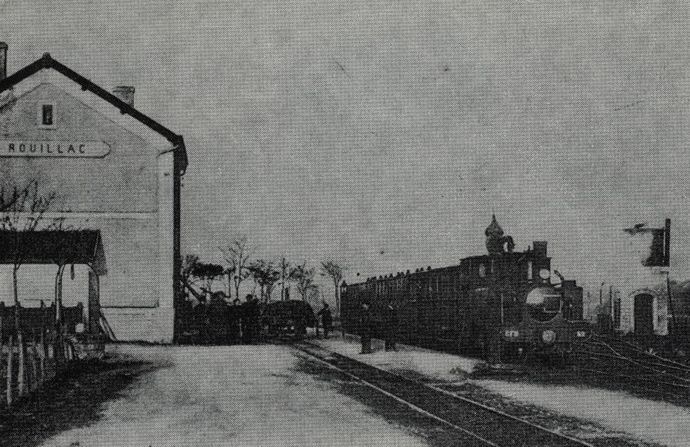
The organization and operation of the Company's first networks.
The central administration: management committee, heads of operations, equipment and traction, track and construction, general accounting, etc., was in Paris; but the gradual extension of the Company's activity soon required the presence on each line or group of lines of a local management level whose offices were generally located halfway up the isolated lines or at the junction of groups of lines. There were also the main depot and workshops.
Locally, the operations managers, whose titles were related to the importance of the networks or lines under their authority and ranged from "operations manager" for the Corsican network to "main station manager" for the Lagny à Mort-Cerf line, including "engineer", "inspector" and "sub-inspector", were responsible to the central administration for their technical and commercial management.
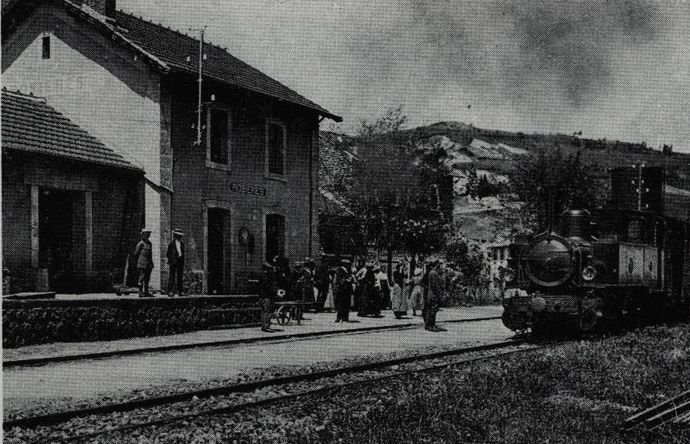
The most beneficial networks
In descending order, the three most profitable networks were those of Corsica, Vivarais and Saône-et-Loire. Although the operating ratio for all the lines was fairly high, reaching 0.9, the financial conditions attached to the various concessions left the Company with satisfactory revenues.
This prosperity enabled it to set up, on January 1, 1894, a pension fund for the benefit of its agents whose salaries did not exceed a certain level. Each year, deductions from the Company's social funds were made from the books of those concerned, without any personal contribution being required of them. The passbooks remained the property of the agents, even if they left the Company.
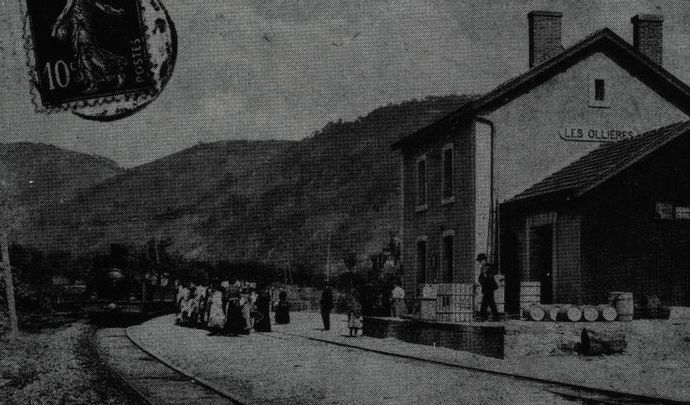
source : MTVS 1981-3





